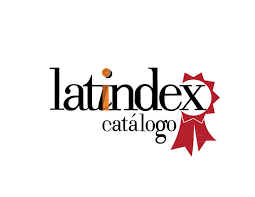Las TICs como parte del proceso de auditoría
DOI:
https://doi.org/10.31381/perfilesingenieria.v18i18.5403Descargas
Descargas
Publicado
Cómo citar
Número
Sección
Licencia
En caso de que el manuscrito sea aprobado para su próxima publicación, los autores conservan los derechos de autor y ceden a la revista el derecho de la publicación, edición, reproducción, distribución, exhibición y comunicación en el país de origen, así como en el extranjero, mediante medios impresos y electrónicos en diferentes bases de datos.
Por lo tanto, se establece que después de la publicación de los artículos, los autores pueden realizar otro tipo de acuerdos independientes o adicionales para la difusión no exclusiva de la versión del artículo publicado en la presente revista (publicación en libros o repositorios institucionales), siempre que se indique explícitamente que el trabajo se ha sido publicado por primera vez en esta revista.

1.png)





